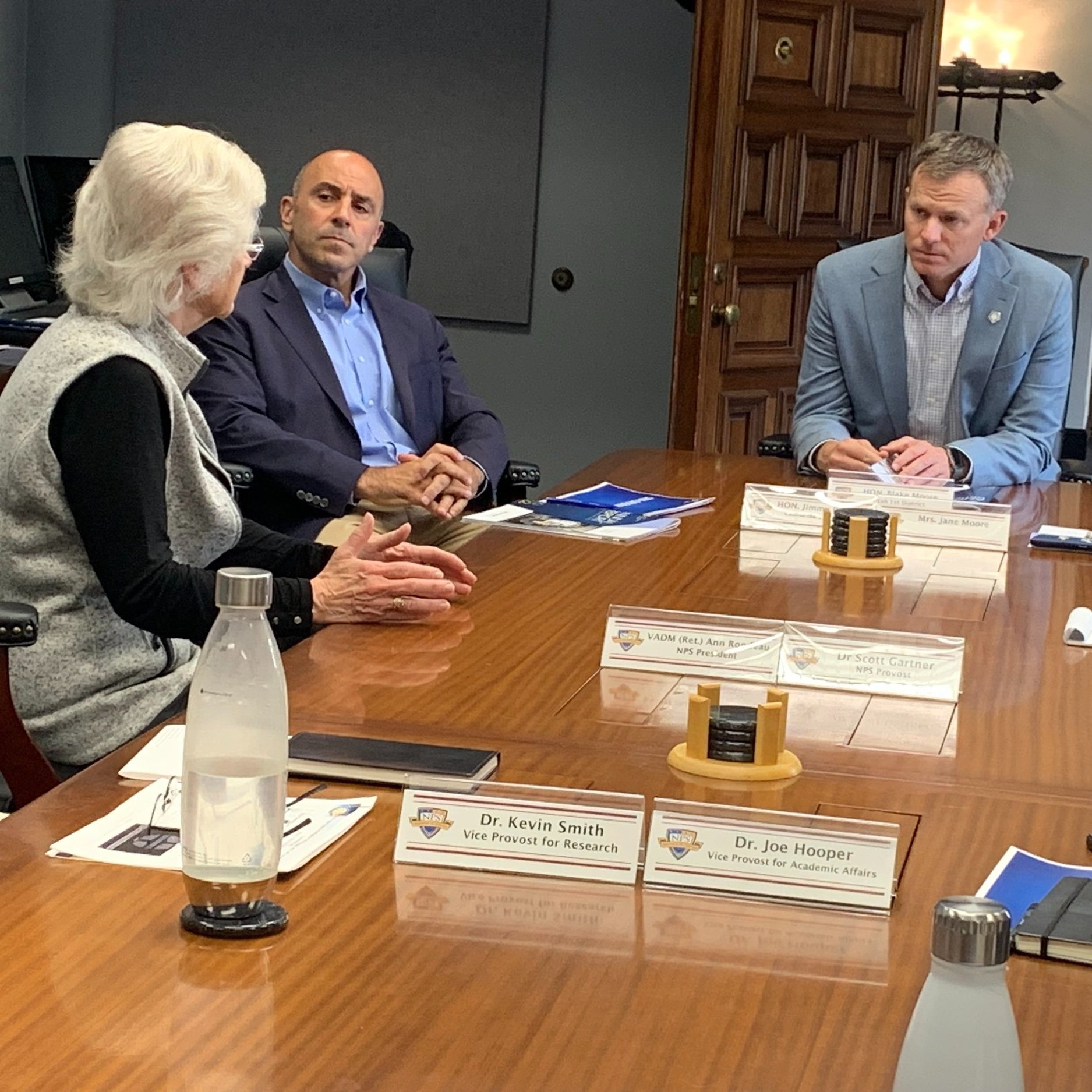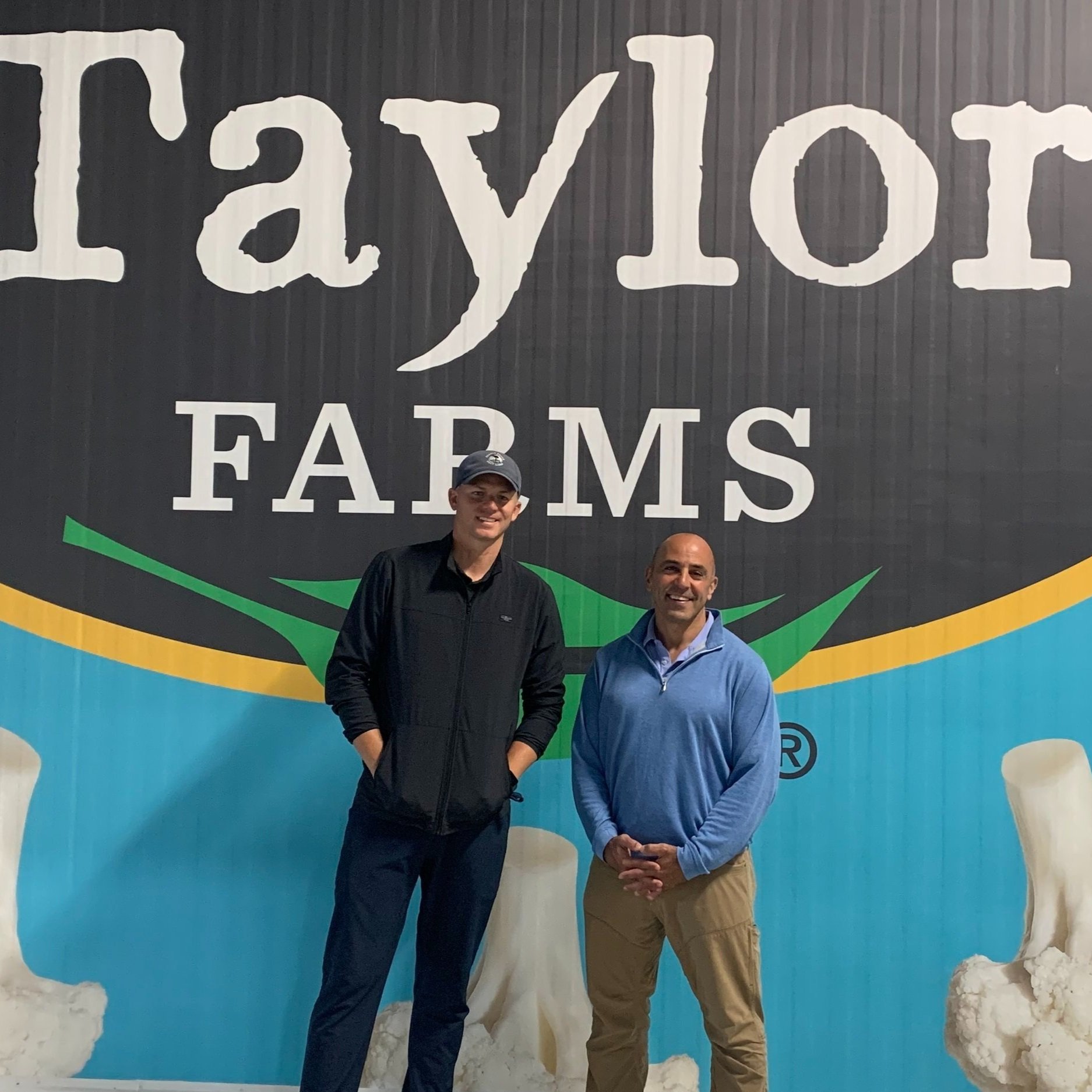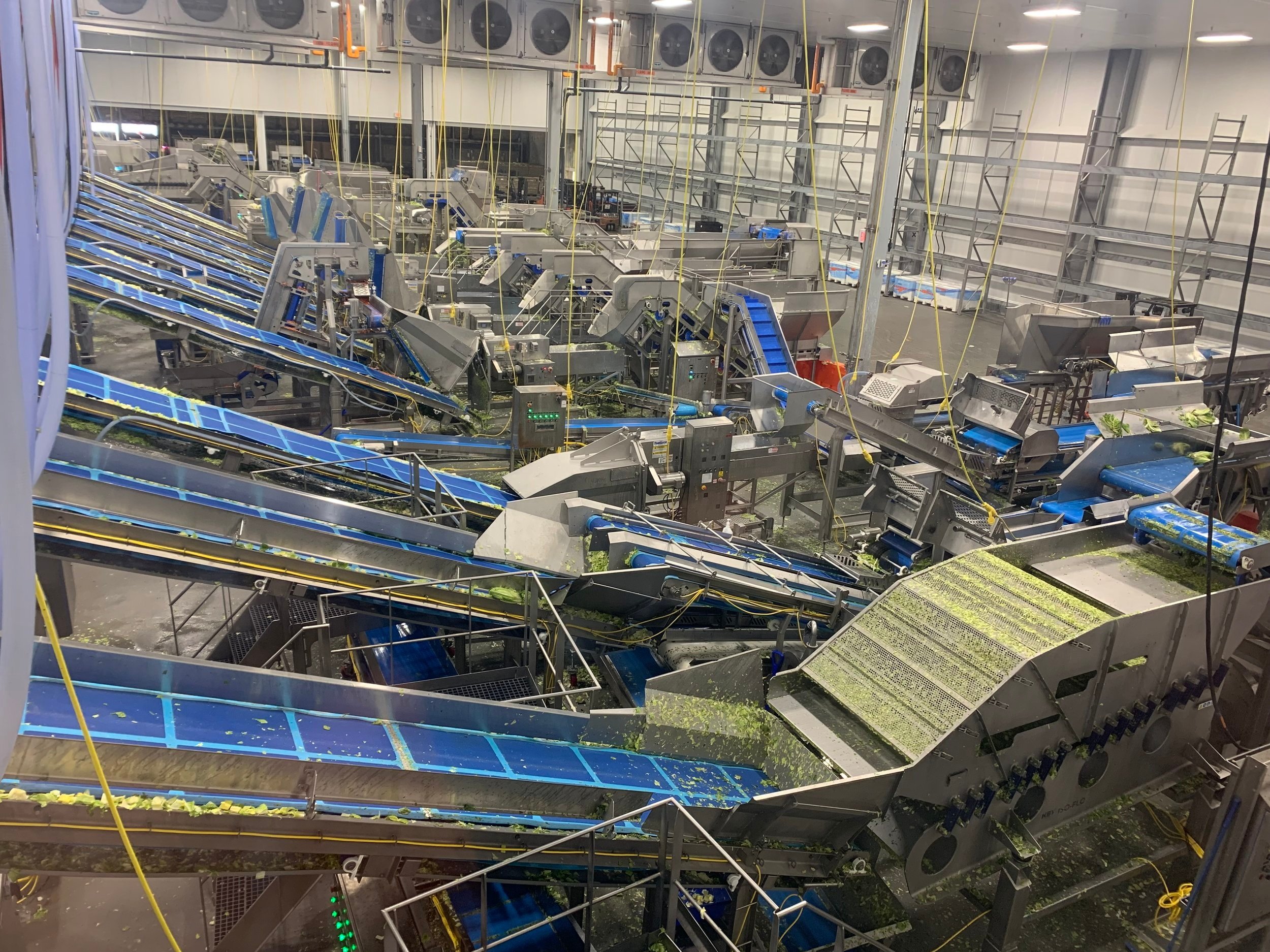A Golden (State) Opportunity to Focus on Security
The 19th Congressional District of California follows Route 1 along the spectacular California Central Coast for about 175 miles, from just north of Santa Cruz to Cambria. Monterey Bay begins at Santa Cruz and is home to an astonishing array of marine life including fish, mammals, and sea birds. Here, for two days Rep. Jimmy Panetta (D-CA) welcomed his Ways & Means Committee colleague, Blake Moore (R-UT). Rep. Panetta became the American Congressional Exchange’s first “repeat customer,” having previously paired with Rep. Andy Barr (R-KY).
In the 1960s, Etta James sang that she wanted “some security.” That could have been the theme song for this ACE trip, it focused heavily on national, environmental, and food security.
We kicked off the first day learning of the vital work at the Naval Postgraduate School, where the watchwords were excellence and innovation. Rep. Panetta was of course very familiar with NPS and Rep. Moore, who has Hill Air Force Base in his district, learned how the school is harnessing interdisciplinary student teams and commercial industry partners to solve for the myriad defense challenges of today and tomorrow.
In that vein, the next stop featured a visit to the Defense Language Institute in Monterey. The DLI lies within the Presidio of Monterey, an active military installation, first established by Spanish explorers and soldiers in the late 1700s.
Rep. Panetta is on the Armed Services Committee and has a strong appreciation for providing our military with culturally based foreign language training to better understand the operational environment and maintain a competitive edge while safeguarding our national security. Moore became fluent in Korean while serving on a mission in Korea for the Church of Jesus Christ of Latter-day Saints. His career includes service in Southern Asia, including several years in the CIA.
The DLI offers year-round foreign language instruction in more than two dozen languages to approximately 3,500 students. The two members had a robust discussion (including a few remarks in Korean by Rep. Moore) and solidified their commitment to providing the resources necessary for language proficiency within the mission of the Department of Defense.
Day two focused on the environmental security of our oceans, starting with a boat tour led by Monterey Bay National Marine Sanctuary (MBNMS) Superintendent Lisa Woonick. Designated in 1992, the MBNMS is a federally protected marine area off of California’s central coast. The sanctuary encompasses a shoreline length of 276 miles and 6,094 square miles of ocean, extending an average distance of 30 miles from shore. At its deepest point, MBNMS reaches 12,743 feet (more than two miles). The sanctuary contains extensive kelp forests and has one of North America’s largest underwater canyons and closest-to-shore deep ocean environments.
The two members learned about the diverse marine ecosystem and some of the incredible variety of marine life. Known as the “Serengeti of the Sea,” this remarkably productive marine environment is fringed by spectacular coastal scenery, including sand dunes, rocky cliffs, rolling hills and steep mountains.
National Oceanic and Atmospheric Administration, a major agency within the Department of Commerce, manages the MBNMS. Each sanctuary develops and follows a management plan that ensures resource protection, provides for research and education, and facilitates recreational and commercial uses compatible with the primary goal of resource protection.
The next stop was a tour and discussion at the Monterey Bay Aquarium. One of the top tourist attractions in California and also an important research institution, the Aquarium draws over two million visitors annually. While viewing amazing creatures such as transparent jelly fish and enormous crabs among coral and pancake-shaped octopuses, Reps. Panetta and Moore discussed steps being taken to reduce plastic use and the Aquarium’s Seafood Watch program which helps consumers identify sustainable seafood. And because things aren’t always as they appear on surface, the Aquarium offers visitors like Reps. Panetta and Moore the experience of being below the water line, where they saw tuna speed past and sardines swimming in glittering schools across a 90-foot window.
The two members also toured the “non-public” side of the facility, which includes research labs and learned about the work of the Monterey Bay Aquarium Research Institute (MBARI). Walking out on the decks of the Aquarium, which face the Bay, Reps. Panetta and Moore could see the waters they cruised earlier in the morning with the MBNMS.
After a working lunch in historic Cannery Row focusing on the history and revitalization of this once-commercial fishing neighborhood now transformed into restaurants, shops, and hotels, the two members drove inland to Salinas, known as the salad bowl of the world.
At Taylor Farms, a major harvester and packager of raw vegetables and ready-to-eat meal components such as salad kits, discussion centered on food safety and nutrition. Today, this family-owned company employs an incredible 20,000 workers and distributes across the country. Taylor Farms leaders described the automation they employ not only for efficiency but to ensure the safety of the food, and their efforts packaging healthy kits for school lunch programs.
This trip was yet another example of two lawmakers somewhat familiar with each other who cemented bonds of trust during their ACE trip. Rep. Moore spoke enthusiastically of a Rep. Panetta visit to Utah, where he will come to understand the expectations and desires of a far more conservative constituency than mid-coast California. And that kind of cultural exchange and building of mutual understanding is what ACE is all about.



